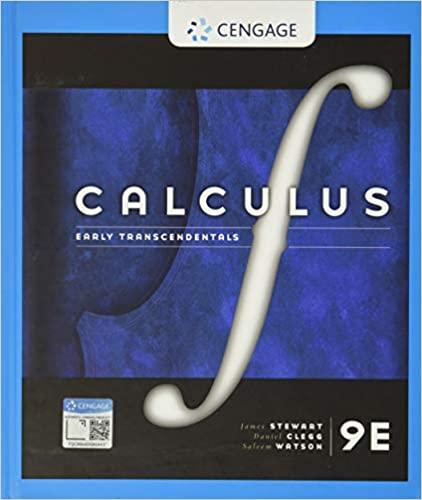In a famous 18th-century problem, known as Buffons needle problem, a needle of length h is dropped
Question:
In a famous 18th-century problem, known as Buffon’s needle problem, a needle of length h is dropped onto a flat surface (for example, a table) on which parallel lines L units apart, L ≥ h, have been drawn. The problem is to determine the probability that the needle will come to rest intersecting one of the lines. Assume that the lines run east-west, parallel to the x-axis in a rectangular coordinate system (as in the figure). Let y be the distance from the “southern” end of the needle to the nearest line to the north. (If the needle’s southern end lies on a line, let y = 0. If the needle happens to lie east-west, let the “western” end be the “southern” end.) Let θ be the angle that the needle makes with a ray extending eastward from the southern end. Then 0 ≤ y ≤ L and 0 ≤ θ ≤ π. Note that the needle intersects one of the lines only when y, h sin θ. The total set of possibilities for the needle can be identified with the rectangular region 0 ≤ y ≤ L, 0 ≤ θ ≤ π, and the proportion of times that the needle intersects a line is the ratio

This ratio is the probability that the needle intersects a line. Find the probability that the needle will intersect a line if h = L. What if h = 1/2 L?
Step by Step Answer:

Calculus Early Transcendentals
ISBN: 9781337613927
9th Edition
Authors: James Stewart, Daniel K. Clegg, Saleem Watson, Lothar Redlin





